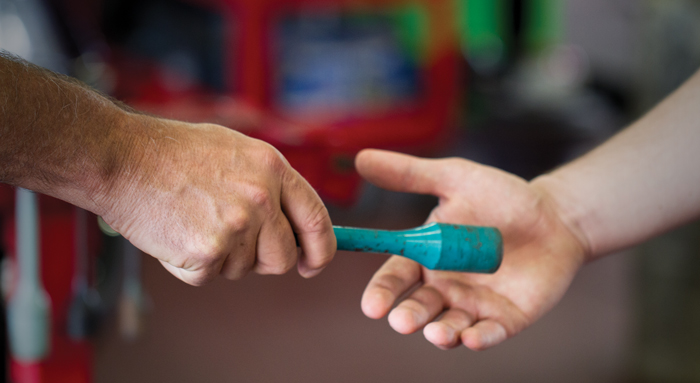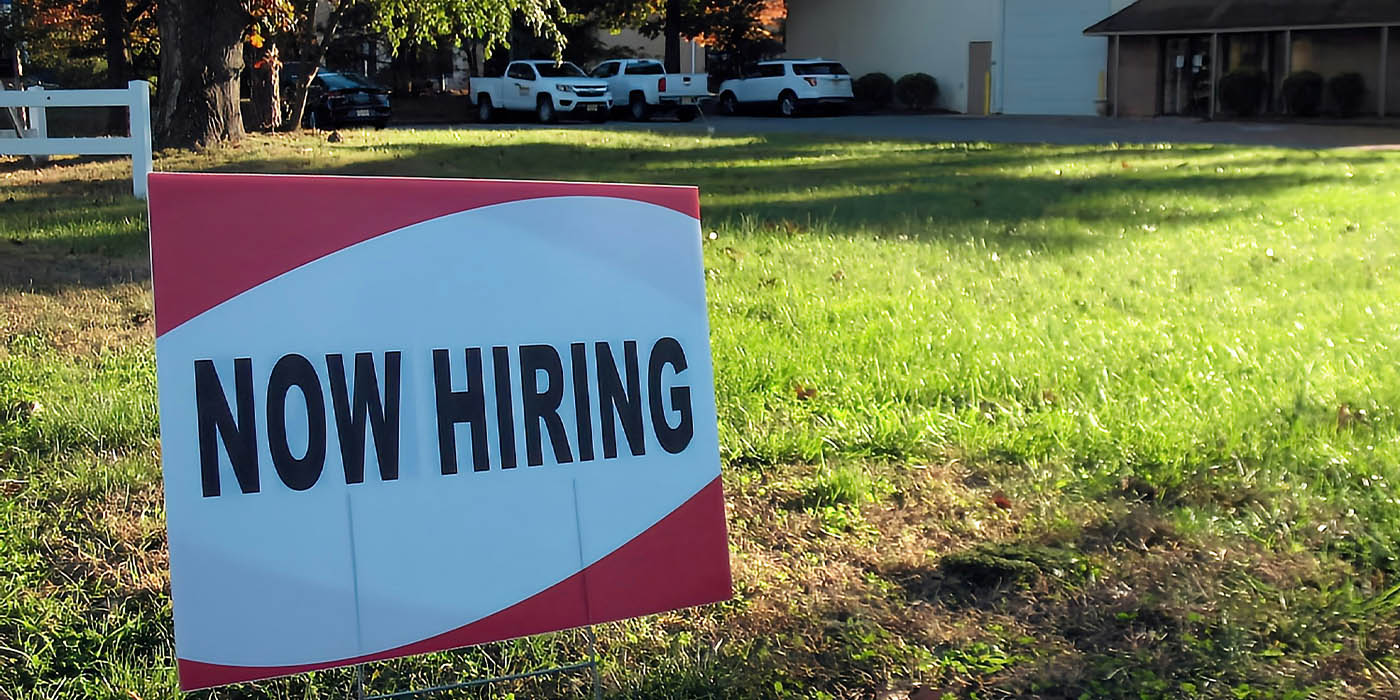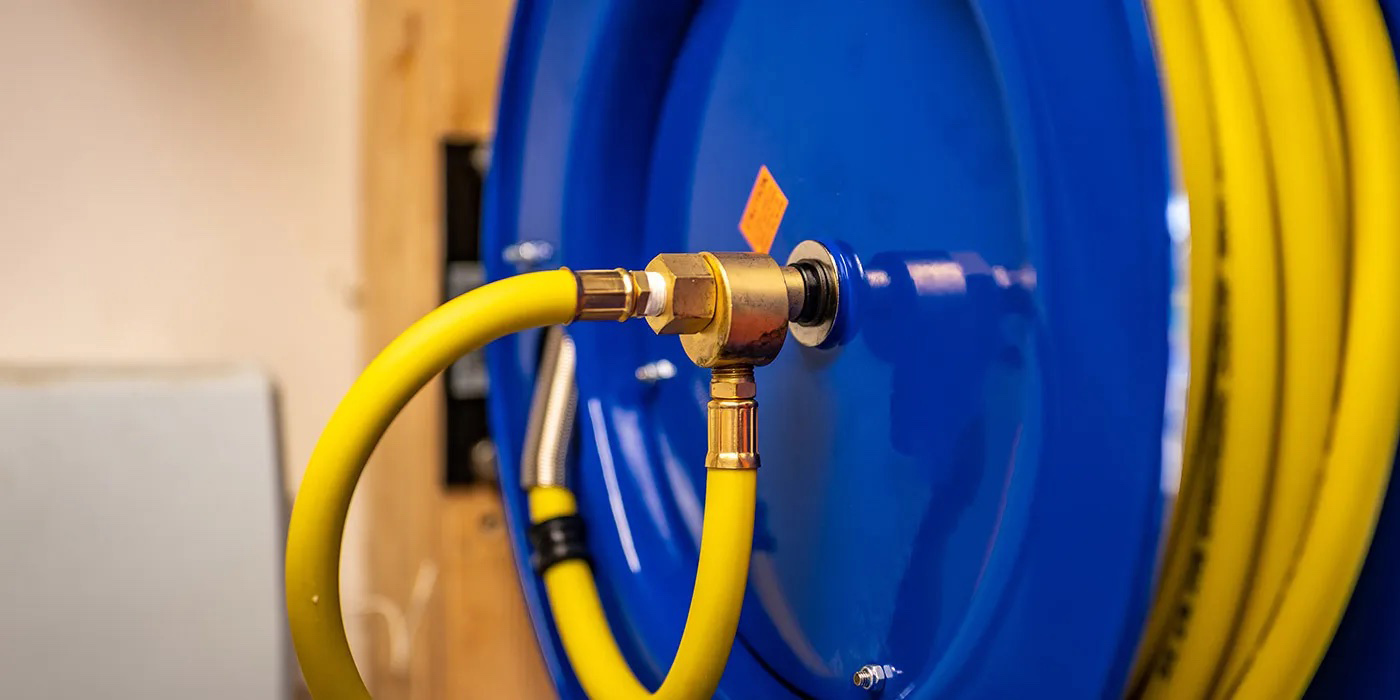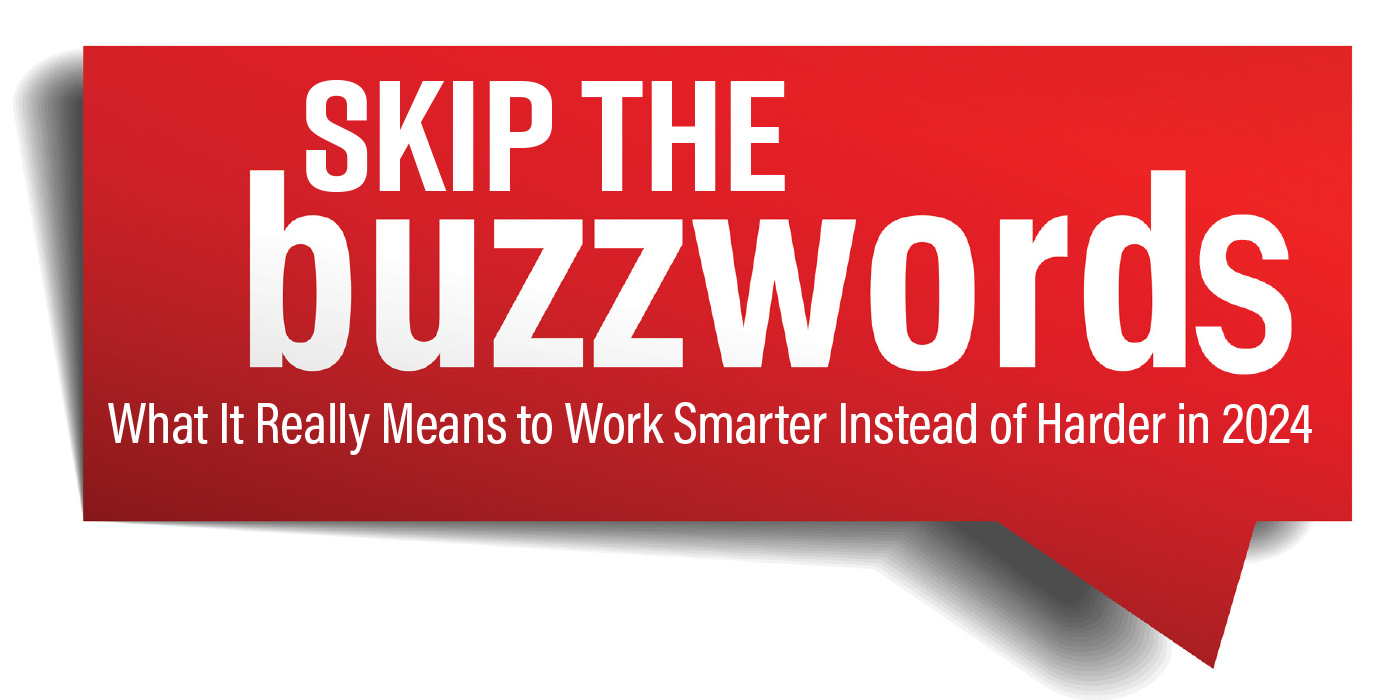
According to a 2015 survey by CNBC and the Financial Planning Association, 78% of small business owners intend to sell their businesses to fund their retirement, yet fewer than 30% have a written succession plan.
Whether you are nearing retirement or have decades left, there’s no time like the present to begin forming your exit strategy. Knowing well in advance what it is you plan to do with your tire dealership or repair shop when you retire will help you get the business in top shape to garner a high selling price as well as minimize the tax impact of passing the shop to family members. It also ensures you’re prepared in the event of a health emergency, should one unfortunately arise.
“At a minimum, start planning five years in advance,” advises Rich Lipton, founder of Lipton CPA & Associates, who serves many tire dealer clients. “A lot of companies do it at the last minute. They’ll say, ‘Yeah, we spoke to a buyer and it was like magic – two weeks later, we sold the business.’ That doesn’t mean they got the best deal since they didn’t scout out enough buyers and didn’t position the business for a sale.”
Sherry Herwig, director of the University of Wisconsin Family Business Center, says that business owners should understand that the selling process is as important as the end result.
“Grooming a successor and succession planning is a process that takes time – years, in fact – but the first step is to begin, preferably sooner rather than later,” she adds.
Whether your plans include an outright sale or giving the business to family members, whether you plan to make a clean exit or stay on during a transition period, now is the time to start planning. Luckily, we’re here to help.
Selling Strategy
As with selling a home, getting top dollar for your business requires some expertise and forethought.
To “stage” a businss for a sale, it’s most important to make sure the financials are in order and the books accurately represent the business, according to business broker Darrin Kert, who owns the Akron-Medina (Ohio) office of Murphy Business and Financial Corp. along with his wife, Tiffany. He urges shop owners to consider the physical location: Is it clean, free of environmental issues and lacking irrelevant inventory?
“We advise clients to get rid of old, outdated or obsolete inventory, like rare tire sizes that are no longer used, obsolete parts, etc.,” Kert says. “You want it to look as strong of a business as possible. You want a future buyer to see a very clean, structured business.”
He also recommends dealers whose retirement plans center around selling the business to consider certain milestones when timing a transaction: any expected increase or decrease in revenue, target retirement age, divorce, health problems, or the expected retirement or loss of key personnel.
“As far as market conditions, the best time to sell is when gross revenues and net profits are either stable or increasing,” Kert adds. “Through the buyer’s eyes, earnings should be predictable and stable; that will be looked upon more positively by the lender. If there is a decreasing revenue situation, is it explainable? Did you lose a key employee; was there a divorce; was there a death? There needs to be a reason. It’s not insurmountable. It just needs to be documentable and explainable to a prospective buyer.”
Mistakes to Avoid
The biggest pitfall in the sale of a business is failure to have a professional business valuation conducted, says Lipton, who performs such valuations for his clients and was once part of family-owned Sam’s Tire Co. in Paterson, N.J. Lipton says, in addition to financials, items that make up a proper valuation report include the stability of the business, the stability of the workforce, demographics of the area, how long the current owner has left on the lease (or if the building is owned), the age of the workforce, the age of the population in the area and more.
“Get professional help from someone who knows not only a business valuation, but knows the tire industry,” Lipton notes. “A lot of book formulas for a typical valuation won’t work out right for a tire dealership.”
He also stresses the importance of due diligence for a potential buyer, saying, “Make sure they can pay for it; a buyer may come along and offer a great price, but when it comes to closing, the person can’t get bank financing or doesn’t have the money. You also want to make sure they have the technical skills to handle the business, they know who the customers are, etc.”
Another common mistake when selling a business is setting the listing price unrealistically high, according to Tiffany Kert.
“Owners often think their business is worth more than it really is because there’s an emotional component involved,” she says. “Price is the single most important factor in determining how long the business is going to stay on the market.”
She also cautions sellers not to disengage from their business once it’s listed for sale, explaining, “We always tell people that it’s business as usual – continue to run your business as though it’s not listed for sale. You don’t want to go and make any out-of-the-ordinary purchases or discontinue things that are normally done, like spending money on advertising. It’s important not to do anything that could hurt cash flow because a buyer will be looking at that consistently throughout the process.”
Herwig says some common mistakes include: not having a written plan; not keeping the plan you do have updated as things change; not communicating the plan to others; not preparing, training or educating the next generation, and waiting too long to give actual responsibility and authority to the potential successor.
“Let the successor get involved in decision making, create relationships, develop skills, etc., before they fully take over the business,” Herwig notes. “Let them make mistakes and learn from them while you are still around to mentor and help, if needed.”
The actions of the owner are especially important before, during and after a sale, Lipton says.
“In many small businesses, the owner micromanages and is involved in every step of the process – and customers love that because they know they can go there and have that consistency,” he explains. “But when they sell, the owner’s not there anymore; someone else has taken over. The loyalty is gone and the customer can go anywhere.”
Lipton advises owners to take advantage of the five-year period when preparing for retirement or a sale and either develop someone internally to the manager level or hire in someone who can assume that leadership role.
“The dealer is still there, but little by little, this other person takes over,” he says. “At first, both of them meet with each customer, then the other person does a little bit more as the owner phases out. So when they finally sell, it doesn’t matter to the customer; it doesn’t affect their loyalty.”
Lipton also recommends determining ahead of the sale how long the owner will stay on (if at all) to aid with the transition.
Selling Financials
As mentioned above, the ideal time to sell your business is when profits are high and indicate an upward trajectory.
“A business valuation is based upon a pattern. We go back five years and look at income to determine if the more recent years are higher, if it is going up in value,” Lipton says.
However, especially when it comes to a tire dealership, profits aren’t everything.
“Another consideration is the investment made in the business,” Lipton explains. “For example, net profit could be high because a dealership hasn’t reinvested any money in equipment, but another company has new, state-of-the-art equipment that ensures they’re busy all the time and are ahead of the game. In this case, the first dealer might be more profitable, but they aren’t as set up for business (success) in the future.”
Darrin Kert says that despite fluctuations in the economy, there always are going to be buyers, but what changes is the ability to obtain financing as well as market price.
“In the 2008-10 downturn, businesses still sold, but sellers had to consider up to 100% seller financing as there was not a great deal of lender financing available,” he recalls. “Prearrange, if possible, prequalified lender financing. Many sellers believe that someone’s going to just write them a check but that’s not the case.”
Particularly in the case of smaller businesses, a sale is likely to be funded by a Small Business Administration loan, so dealers need to consider the “finance-ability” of their business, he adds.
According to Tiffany Kert, there are two ways in which a buyer can ask a seller to assist with financing. In the first case, a seller can contribute a percentage of the down payment required for the SBA loan.
“In an example with one of our clients, the SBA requires the buyer to put a minimum of 25% down, so the buyer wants to put 10% down and is asking the seller to do a standby note for 15%,” she explains. “That typically means there will be two years – but it could be up to five years – before the seller will begin to receive amortized payments. Even with that, the buyer has to get approval from the lender to be able to start making those payments.”
The second option for seller financing involves selling a business for a price that is higher than the amount the lender is willing to loan, Tiffany Kert says. For example, if a bank is lending $600,000 but the seller wants $800,000, the lender will let the seller hold a $200,000 note to get the price they want – but there will be a two-year standby.
No matter how financing is done, the sale of a business involves a tax on capital gain, which, according to Lipton, could be a sizeable expense.
“It varies by state, but a seller could end up paying over 30% in federal tax plus whatever state tax there is (in New Jersey, it’s an additional 9%) based on the current selling price vs. their original cost to start or buy the business,” he says.
While this tax can’t be avoided, the tax burden can be spread out over several years by doing an installment sale, Lipton adds.
A Family Affair
For a family dealership in which the owner is planning to pass the business down to the next generation, there is a different set of parameters to consider.
“Typically, family harmony – or fear of disharmony – is a major concern in a family business that you do not have in other situations,” advises Herwig, who adds that in the case of a family business, additional considerations for a succession plan include both “soft components” like family communication, expectations, values, competencies, dynamics, etc., and “technical components” like tax minimization, estate planning, family trusts, buy-sell agreements, wealth management, and so on.
“Owners need to recognize it’s complicated because of the emotions and relationships of the family. Involving them in the planning and discussions can help,” she says.
It can be helpful to identify your values, vision and overall philosophy for both the family and the business, and identify potential leaders based on skills, knowledge and ability, not just family relationship. Consider which family members are best qualified and most interested in taking over the company – and what you will do if there’s not a family member to run the company after you retire, Herwig says.
“Look at a potential successor’s leadership skills and abilities, not just job competencies,” she advises. “Leadership skills are often lacking in a family business successor, as these skills are easily overlooked by the family business leader. Mentoring the family business successor and providing formal leadership training is an important element in a successful family business succession plan.”
To minimize family conflicts, keep communication lines open and transparent, and ensure all involved family members have a voice in the process. Herwig notes that an outside facilitator or consultant can help with family meetings or difficult conversations as needed.
While you may avoid issues with capital gains tax when passing down a business to family members, gift tax still comes into play. Minimizing your tax burden is possible, but requires some advanced planning.
“If a parent gifts a sum to children, there’s a tax of almost 30%, which is similar to an inheritance tax,” Lipton says. “However, there is an exception – a person can gift up to $14,000 a year to one of their children without a tax. It doesn’t have to be in cash; it can be in the form of a business ownership interest.”
Consider the example of a husband and wife who own a business worth $1 million (based on a professional business valuation) and they want to pass the business down to their two children. Lipton notes that each parent can give each child $14,000 of ownership value in the business each year – that’s $56,000 total each year – given without incurring gift tax.
“If you plan early enough, the whole transaction can be done tax-free,” he says, adding, “In order to pass IRS scrutiny, it’s important to have a full, documented business valuation.”
One final piece of advice from Herwig: “When you retire, retire. Retirement can be difficult for an entrepreneur because the business is often the center of the owner’s life. Without a clear sense of what you want to do in retirement, it is not uncommon to drift back to the family business and involve yourself in how it’s being run – often to the detriment of the business and family relations.”
Adapted from Denise Koeth’s article in TIRE REVIEW.













